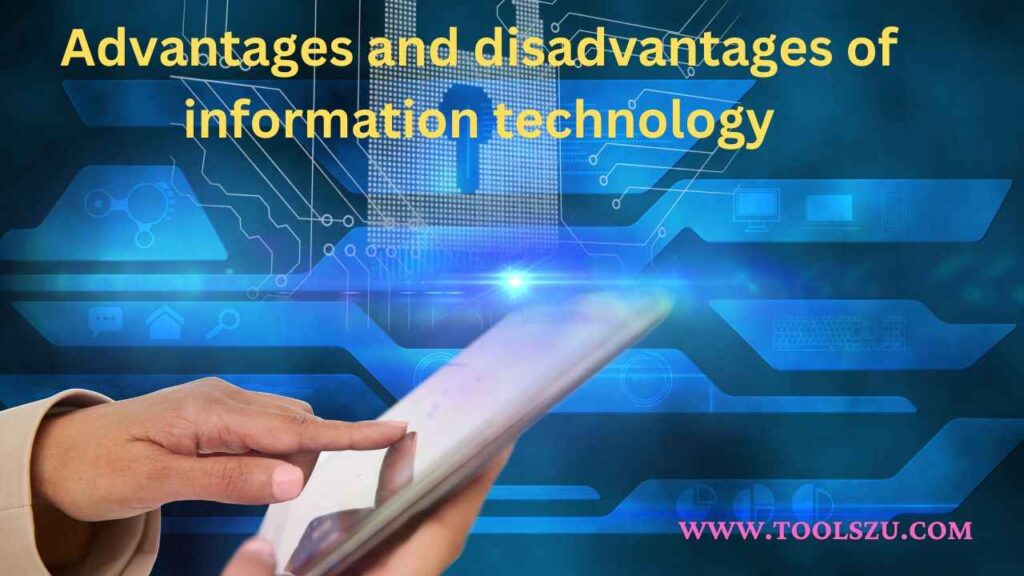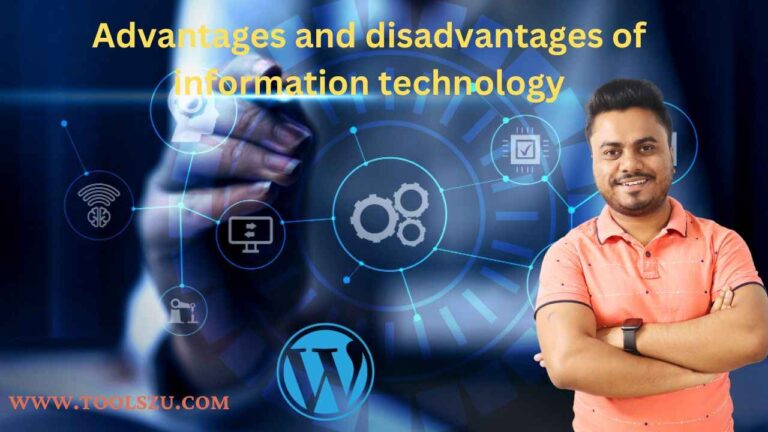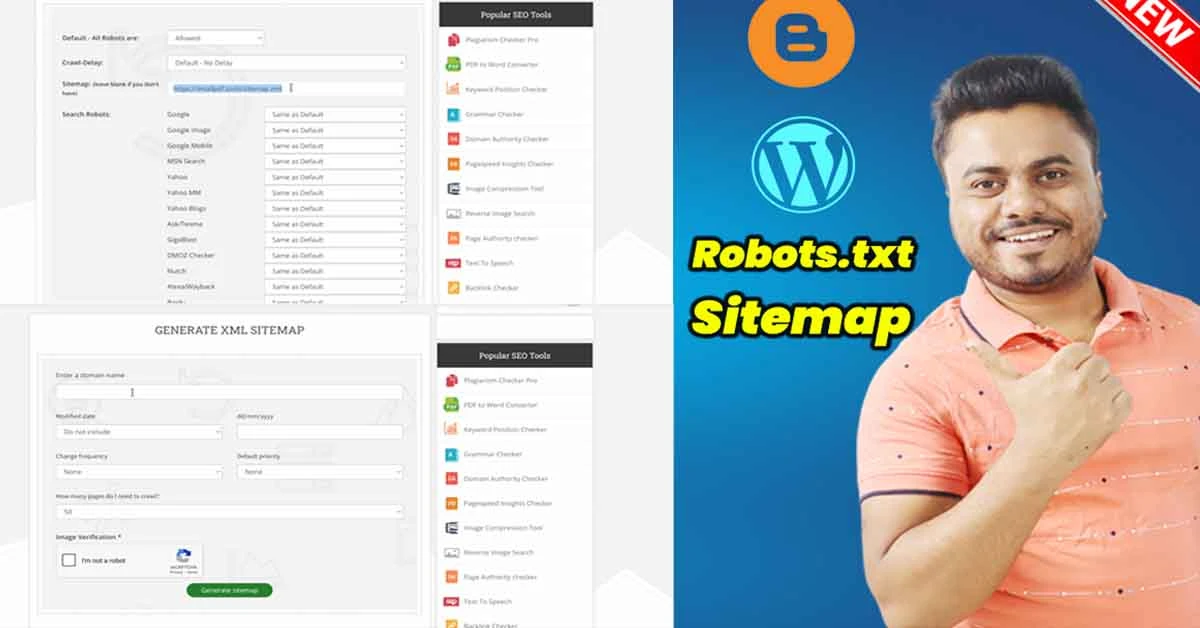Information technology (IT) refers to the use of technologies like computers and telecommunications to store, retrieve, and transport data. IT has numerous benefits and drawbacks in various aspects of society, including business, education, health, and culture. Here are some of the main benefits and drawbacks of information technology:.
Pros:
Information technology enables faster, more convenient, and cost-effective global communication and cooperation.
IT boosts productivity, efficiency, and innovation across all industries and businesses.
IT enables access to a wealth of information and expertise for educational and research purposes.
IT encourages creativity and entertainment through various media and platforms.
IT improves security and safety by adopting data encryption, monitoring, and disaster recovery.
Cons:
Cyberattacks, hacking, and identity theft threaten people’s privacy and security.
Information technology creates a digital divide and inequality between those who have access and those who do not.
IT reduces human touch and social skills due to an overreliance on technology.
Excessive screen time and sedentary behaviour contribute to health problems such as eye strain, migraines, and obesity.
The production and disposal of IT devices raises environmental concerns such as e-waste, energy consumption, and pollution.
What is the impact of IT on education?
Information technology has a significant and diverse impact on education. IT has changed the way teachers teach and students learn, as well as how educational institutions operate and interact. Some of the significant influences of IT on education include:
Information technology enhances educational accessibility and quality by offering a diverse range of learning tools and resources, such as online courses, digital libraries, and interactive media. IT also enables students to learn at their own pace and style, and they can access education from any location and at any time. ¹² IT encourages digital literacy and 21st-century skills, including critical thinking, creativity, teamwork, and communication. IT also prepares students to address the challenges and opportunities of the digital economy and society. IT improves educational practices and policies by enabling data-driven decision-making, feedback, and evaluation. ItT also encourages professional development and communication between teachers and administrators. IT brings new challenges and opportunities in education, such as ensuring equitable and high-quality access and use, dealing with ethical and social ramifications, and reacting to changing learner and stakeholder requirements and expectations.
What are some of the problems with incorporating technology into education?
Some of the difficulties in employing technology in education are:
Budget constraints: Many schools and teachers face financial constraints that prevent them from purchasing, maintaining, and upgrading IT equipment and software. This could create a digital divide and unfairness between students who have access to technology and those who don’t.
Teachers and administrators need professional training to use technology effectively in the classroom. However, many of them lack the time, resources, or motivation to learn new IT skills and tools.
Inadequate network infrastructure: IT needs reliable and fast connectivity and bandwidth to function efficiently. However, many schools and communities face inadequate network infrastructure and frequent technical issues that restrict IT use and learning.
Change resistance: IT may cause disagreement among instructors, students, and parents on curriculum, assessment, and teaching methods. Some people may have negative attitudes, thoughts, or worries about IT, which impede its adoption and integration.
Lack of IT integration in curriculum: Linking IT to curricular objectives might enhance learning outcomes. However, many schools and teachers lack the essential procedures, standards, and resources to appropriately integrate information technology into their curriculum and instruction.
What are some emerging IT technologies?
Some emerging technologies in IT include
artificial intelligence (AI) and machine learning (ML). These technologies enable computers to perform tasks that would normally require human intelligence, such as learning, reasoning, and decision-making. AI and machine learning are being used to improve a wide range of fields, including healthcare, education, and business.
The Internet of Things (IoT): This technology connects physical devices like sensors, wearables, and appliances with the internet for communication and data sharing. The Internet of Things is transforming how we connect with our environment, enabling new services and applications such as smart homes, smart cities, and smart health.
5G Networks: This technology provides faster, more reliable, and more efficient wireless connections. 5G networks may provide faster data speeds, lower latency, and more devices than previous generations of mobile networks. 5G networks have the potential to enable new applications such as self-driving cars, virtual reality, and remote surgery.
Virtual and Augmented Reality (VR/AR): These technologies add digital content to the real world (AR) or simulate a new environment (VR) to create immersive and engaging experiences. VR and AR can enhance entertainment, education, and training while also allowing for new forms of communication and collaboration.
Blockchain is a technology that allows for safe and transparent data storage and exchange. A blockchain is a distributed ledger that stores and verifies transactions using cryptography and consensus mechanisms. Blockchain technology can enable new applications such as bitcoin, smart contracts, and decentralised platforms.
World’s one of the most popular it company example : TCS

How can I protect my privacy online?
Protecting your online privacy is crucial for preventing identity theft, cyberattacks, and data breaches. There are several measures you can use to protect your personal information and online behaviour, including:
Make strong and unique passwords for all of your online accounts, and change them on a regular basis. You can also use a password manager to create and secure passwords. Enable two-factor authentication (2FA) for all online accounts, such as email, banking, and social networking.
2FA improves security by requiring a code or a device to verify your identity. Be cautious while publishing information on social media or other locations. Avoid giving out personal information such as your full name, address, phone number, birthday, and financial information. You can also alter your privacy settings to limit who may view your posts and profile.
Use a VPN (virtual private network) to protect your internet activity from hackers, service providers, and marketers. A VPN can also help you access geo-restricted content and websites.
When visiting the web, use a secure and private browser such as Firefox or Brave. Browser add-ons such as HTTPS Everywhere and Privacy Badger can help improve your online security and privacy.
Avoid clicking suspicious links or attachments in emails or websites. These could be phishing attempts to obtain personal information or infect your device with malware. You can also use antivirus software to protect your device from viruses and other threats.
When connecting to public Wi-Fi networks in cafes, hotels, or airports, use caution. These networks are frequently unsecure and vulnerable to hacking and eavesdropping. To protect your data, use a VPN instead of public Wi-Fi while visiting crucial websites or accounts.
Also Read : About Domain and Hosting





